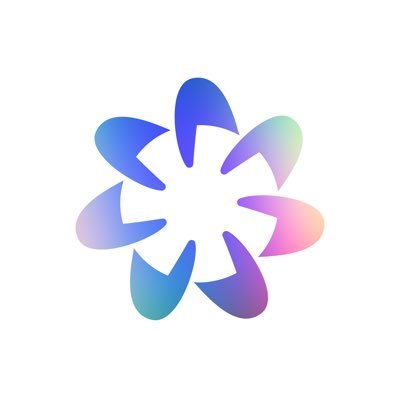What impact will Worldcoin have on the cryptocurrency industry if it succeeds?
Written by: LeftOfCenter, Rhythm BlockBeats
According to informed sources, OpenAI founder Sam Altman is seeking $100 million in a new round of financing for his other crypto project, Worldcoin, which is currently in advanced negotiation stages. The Financial Times cited a source saying that the new round of financing has the support of both existing and new investors. As early as 2022, Worldcoin received investments from institutions such as Andreessen Horowitz (a16z) and Khosla Ventures at a valuation of up to $3 billion, meaning that the project's valuation has tripled in just one year. Reports indicate that in October 2021, Worldcoin completed a $25 million Series A financing led by a16z, with a valuation of $1 billion, and other investors included Digital Currency Group, Coinbase Ventures, Multicoin, as well as angel investors like FTX founder Sam Bankman-Fried and LinkedIn co-founder Reid Hoffman.
In the crypto winter, securing financing is not an easy task, and obtaining such a large sum is even more challenging. Why has the previously obscure Worldcoin gained capital favor two years later and managed to secure substantial investment at a $3 billion valuation despite the crypto winter? What investment potential do investors see in Worldcoin? What does Worldcoin mean for the wallet sector and the crypto industry?
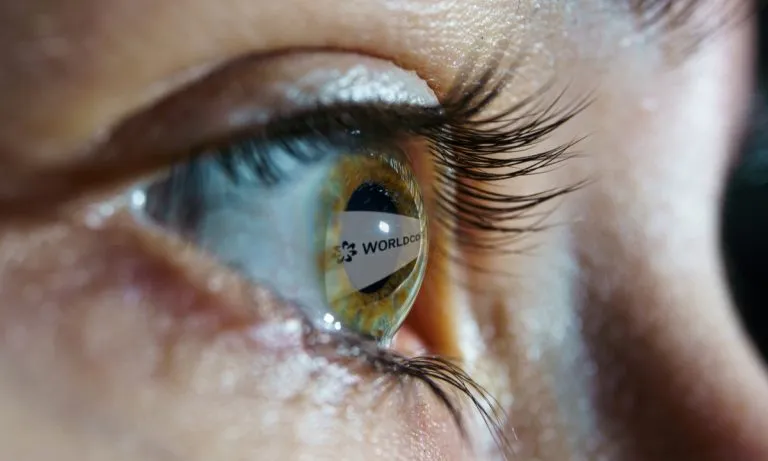
Introduction to Worldcoin
Worldcoin was proposed by Altman in 2019, inspired by the economist's theory of "Universal Basic Income (UBI)," hoping to achieve fair wealth distribution by sending free cryptocurrency Worldcoin. Simply put, it aims to redistribute the wealth created in the AI era through a "money distribution" method akin to UBI.
Since it involves free money distribution, a method is needed to verify user identities to prevent the same person from claiming tokens multiple times under different identities. Thus, World ID was created as the underlying identity protocol for Worldcoin, ensuring that each person can register only one account using their iris.
Additionally, the team developed a biometric device that verifies a person's uniqueness by scanning their iris while ensuring the privacy of the verified individual through zero-knowledge proofs. This scanner, named Orb, is currently in beta testing. It features an open-source design with both wide-angle and telephoto lenses, working in conjunction with neural networks to capture high-definition images of the iris. Due to compliance restrictions, this hardware device is currently limited to trial use in certain regions, including Argentina, Chile, India, Kenya, Portugal, and Spain.
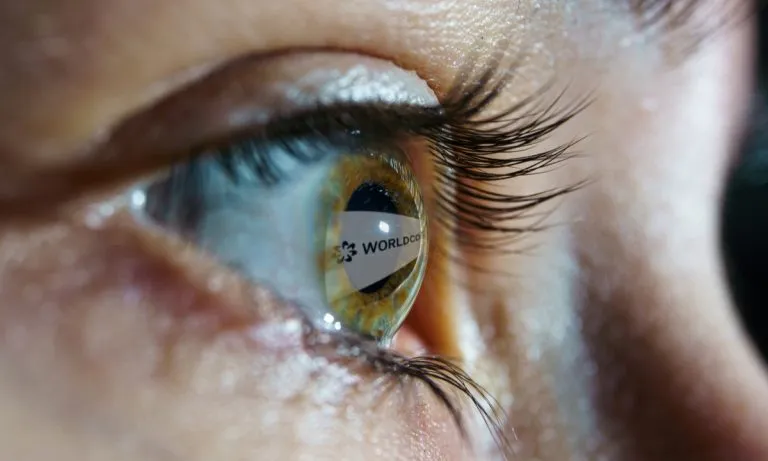
The functionality of Orb is quite simple: it scans the human iris and converts the biometric image into an unbreakable string of letters and numbers known as a hash code, which Worldcoin refers to as "IrisCode." By comparing data in the database, if the verification is for a new registered user, a new WorldID will be added to the Worldcoin database, and a cryptocurrency wallet with a QR code will be generated for the user to receive free Worldcoin tokens.
In summary, Worldcoin is an ecosystem built around UBI, consisting of three products: a WLD Token that will be distributed for free to 1 billion people globally, a verification protocol called World ID to establish real identities, and a wallet called World App to hold the tokens.
From Grand Vision to Initial Product Form and User Data
Originating from the UBI theory, Worldcoin has had a lofty ideal since its inception—distributing digital currency for free to 7.9 billion people worldwide to achieve fair wealth distribution.
"Through UBI, we aim to lift billions of people out of poverty, achieving what Bitcoin cannot due to its high cost and slow transaction speed—expanding cryptocurrency and its financial system to hundreds of millions," is a bold plan and a utopian vision. While the vision is beautiful, it can easily become mere narrative. Given the relatively small user base in the crypto sector, Worldcoin's ambition has been compared to a "moon landing project."
However, after two years of quiet development, Worldcoin has begun to take shape in terms of product form and user growth. Beyond the ideal narrative logic, its business logic is also starting to become clear.
Firstly, sending free coins to users worldwide is both a narrative technique and a clever customer acquisition strategy. Each new account that claims cryptocurrency brings a new wallet user to Worldcoin, helping it seize wallet entry points. In the crypto industry, controlling the wallet is equivalent to controlling traffic entry.
Data shows that the recently launched ecosystem wallet "World App" has already begun small-scale testing, with nearly 1.7 million registered users and a rapid growth rate of one new user every 14 seconds, making it one of the fastest-growing wallets in the world. Users have completed over 6.3 million logins to websites, mobile applications, and crypto DApps using World ID, with a total of over 690,000 transfer transactions and a daily transaction volume of 60,000.
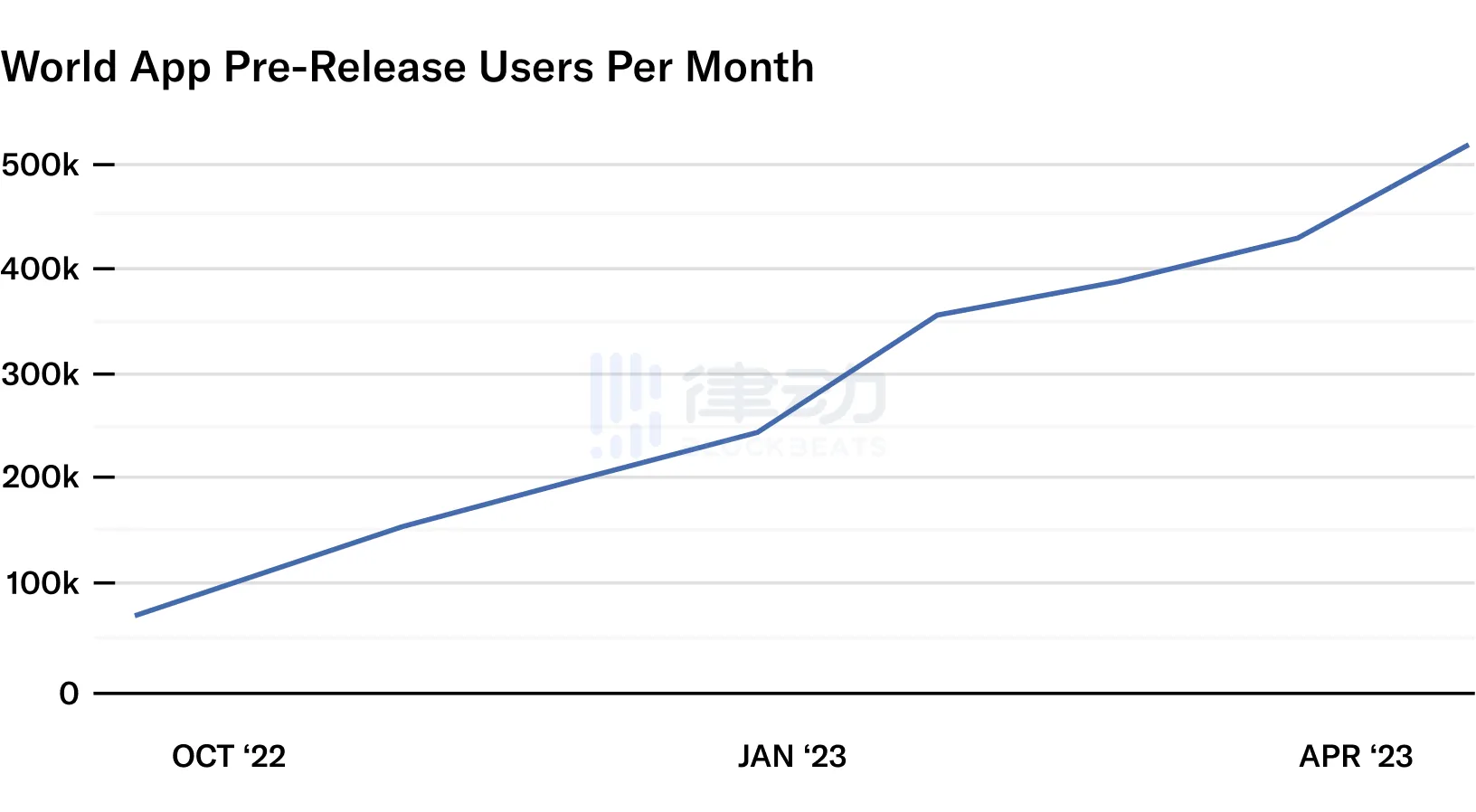
At first glance, 1.7 million may not seem like an impressive figure, but for the crypto industry, it is still a considerable number.
Worldcoin's breakthrough is not without foundation. At least from the recent product design of the ecosystem's "World App" and Worldcoin's economic model, we can see some traceable fundamentals.
In terms of product design, the team has "precisely targeted user groups and optimized product usability."
Due to compliance challenges, Worldcoin is currently open primarily in third-world countries and regions, meaning it has taken a route of surrounding cities from rural areas. This aligns with Worldcoin's goal of promoting inclusive finance, which prioritizes covering underdeveloped countries with weak financial infrastructure, particularly in the vast regions of Asia, Africa, and Latin America that Worldcoin currently serves.
Since it is following an inclusive finance route, the primary focus should be on residents in areas and countries where financial infrastructure is generally lacking.
In response to the current situation where most third-world financial infrastructures and hardware are not well developed, Worldcoin has made maximum inclusivity and user-friendliness improvements in its product design. On May 8, Worldcoin announced the launch of its ecosystem wallet "World App," which supports gas-free transactions, is compatible with both iOS and Android versions, and is available for download in over 80 countries/regions worldwide, supporting multiple localized languages. The product size is only 18MB and can even support phones that are 10 years old.
At the product level, the team has designed the product based on the lowest software and hardware standards, minimizing the usage threshold for current users. Only in this way can the initial vision—encompassing most of humanity—be realized, reaching people in all regions of the world, including those who cannot access the new digital economy.

Image: "National Geographic"/John Stanmeyer, taken on the evening of February 26, 2013, on the coast of Djibouti, where African migrants hold up their phones to receive cheap signals from Somalia to contact relatives abroad.
In terms of token mechanisms, Worldcoin adopts a deflationary reward model and incentivizes activity through task completion.
According to this plan, Worldcoin expects to issue WLD tokens by the end of June, with a total supply of 10 billion tokens, distributing over 80% of the token supply to the community and contributors through free distribution.
To incentivize early contributors, rewards are based on a deflationary mechanism, meaning that as more people join, the amount received by later participants will decrease. This not only encourages early participation enthusiasm and motivation, increasing user growth speed, but also creates a FOMO effect for crypto veterans in regions unable to participate due to compliance requirements, generating market buying pressure and momentum for price discovery.
Additionally, the distribution of WLD tokens is not a one-time event but is based on task completion. In the early stages, users will receive one token per week, and over time, the interval for token receipt may increase to once a month, which helps maintain user activity. From the data, this has yielded good results, with a daily transaction volume of 60,000 amid a total user base of 1.7 million.
World ID: The Antidote to the Proliferation of False Content in the AI Era
With the widespread use of artificial intelligence, the proliferation of false and anonymous accounts on the internet will intensify. AI excels at mimicking human behavior through text generation, deep fakes, or bypassing common verification methods, making it increasingly difficult to distinguish between human accounts and bots/fake accounts, thus making identity verification an urgent issue to address.
As an open and permissionless identity protocol, World ID can serve as a globally universal digital passport while also proving a person's uniqueness anonymously, meaning "you are you" without revealing privacy.
World ID employs proof of personhood, addressing two issues raised by AI: preventing witch hunts and minimizing the spread of misinformation generated by AI.
If we acknowledge that AI will bring industrial revolution-level changes to human society, then solutions to the problems it generates will also be a real demand.
If the so-called inclusive finance and UBI in the early stages of entrepreneurship were still at a somewhat idealistic narrative level, then two years later, Worldcoin not only has real products and real user growth but also reveals its reasonable business logic. Moreover, from a higher perspective, it has a genuine social demand.
It can be said that besides its reasonable business logic, Worldcoin can also address real social issues on a higher level. This is why Worldcoin, which was relatively obscure two years ago, has now gained the favor of top capital and secured substantial investments at high valuations even in a winter.
Interestingly, Worldcoin's founder Sam Altman is also the founder of OpenAI, which has played a significant role in leading the AI sector and ushering in a new wave of hype. It can be said that the success of OpenAI and ChatGPT has provided Worldcoin with new opportunities. This is not only because Sam Altman's personal aura has led investors to "dig up" his other project Worldcoin, but also because the potential threat of inaccurate information created and disseminated on a large scale by AI, which OpenAI has led, can be addressed by Worldcoin, providing real use cases and scenarios for its business logic. To some extent, these two projects have achieved a perfect self-consistent closed loop.
What Does This Mean for the Crypto Industry?
Currently, the "World App," which is gaining a new user every 14 seconds, can be considered the fastest-growing wallet in the world. From the perspective that "controlling the wallet is controlling the traffic entry of the crypto industry," the importance of Worldcoin for the wallet sector is undeniable. Considering that transaction fees may be introduced in the future (according to Tiago Sada, the product, engineering, and design director at Tools For Humanity, World App will charge a few basis points per transaction), controlling the traffic of wallet entry will bring significant commercial success to World App.
If Worldcoin can continue to expand steadily and reach its target expectations, bringing in tens of millions of incremental users, it could accelerate the pace of large-scale adoption of crypto, benefiting the entire industry and representing the most important value for the crypto sector.
Under the current compliance constraints, Worldcoin is forced to prioritize opening up to underdeveloped third-world regions and countries. For people in these areas lacking financial infrastructure, after scanning their irises and completing a series of subsequent operations, they are likely to have their first wallet in their lives, and WLD will be their first cryptocurrency.
Thus, each new user claiming WLD tokens essentially translates to successfully converting another "World App" wallet user. This not only allows Worldcoin to occupy a key entry point in the crypto industry—the wallet—but also brings incremental users to the crypto sector, as each new World ID has the potential to flow into other corners of the crypto ecosystem, benefiting the entire crypto industry.
The Worldcoin ecosystem wallet World App, which carries new users, will channel these crypto newcomers into other crypto ecosystems through its vast crypto pipeline.
In fact, from the very beginning, Worldcoin, which emphasizes openness and equality, has had intricate connections with the crypto industry. This is reflected not only in the backgrounds of the founding team and VC but also in the team's active engagement and collaboration with various crypto ecosystems in terms of ecosystem development, integration, and expansion.
Let's take a look at where Worldcoin has extended its reach:
Worldcoin's native token WLD will be issued on Ethereum, and the underlying protocol of World ID was previously running on Polygon, with plans to migrate to the Optimism OP mainnet along with World App. Additionally, Worldcoin is actively developing cross-chain capabilities.
The native wallet World App, built specifically for Worldcoin, not only supports payments, purchases, and transfers of Beta WLD but also includes corresponding functions for various other tokens, including WETH, WBTC, DAI, and USDC (with plans to support more tokens in the future).
World App also supports centralized exchanges (CEX) and decentralized applications, with currently supported applications including Uniswap, ENS, Circle, Safe, Moonpay, and RampNetwork.
The Worldcoin team has collaborated with Optimism, Coinbase, and the Prysm development team to test, implement, and release the EIP-4844 proposal, which aims to reduce L2 fees by tenfold, making it more affordable for users to use DApps.
It can be said that Worldcoin is not only a wallet entry but also an entry point from the real world to the crypto industry. Entering the world of Worldcoin is equivalent to entering the crypto ecosystems of Ethereum, Bitcoin, and others.
Imagine a scenario where World App continuously delivers fresh blood to the crypto world through Worldcoin. These new users, who are experiencing their first wallet and digital identity, will have their first experiences using cryptocurrency for purchases and transactions. They will also begin to explore various crypto operations, using Ethereum and stablecoins for more on-chain activities, trading, managing finances, and even minting and collecting NFTs.
Accompanying this will be a series of cross-chain, bridging, and application technology developments created around World App. These will serve as highways surrounding this wallet, connecting to Ethereum, layer two chains, decentralized applications, and platforms, expanding the scenarios available to new users.
As a crypto entry point connecting to the real world, World App will link to other blockchains and ecosystems like Ethereum, bringing new users to the industry. From this perspective, it is not impossible for Worldcoin to leverage this to drive widespread crypto adoption.
Moving Forward Amidst Doubts
Of course, throughout Worldcoin's development process, doubts about it have never ceased. The main points of criticism focus on privacy and security, unrealistic goals, and exploitation of vulnerable groups.
Criticism 1: Can iris scanning really guarantee a user's true identity?
Although the team claims that the combination of the identity protocol World ID and the biometric device Orb's proof of personhood can perfectly solve the current issue of fake accounts, can iris scanning truly guarantee a user's real identity?
According to a tweet from BlockBeats, due to compliance issues, Worldcoin has not yet opened in mainland China, leading to users being unable to register. As a result, a business for fake iris verification has quietly emerged on the market, where one can purchase an iris verification for as little as $30 and then claim a $20 reward. According to these intermediaries, the fake iris scans mostly come from rural areas in Africa and Cambodia. The low cost of these fakes raises questions about how many of the so-called 1.7 million users are legitimate.
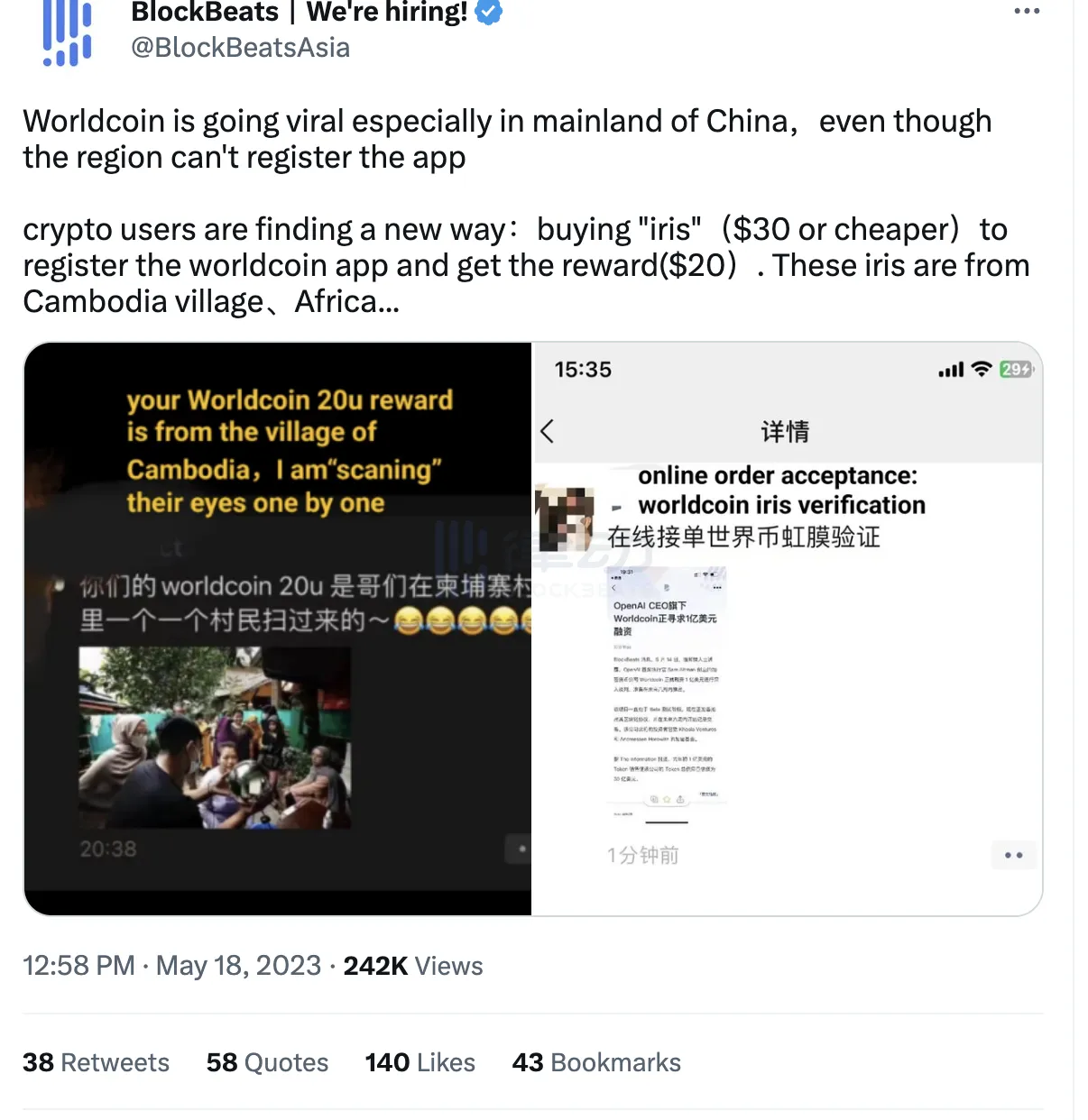
In response, Worldcoin's official statement acknowledged the existence of a black market but emphasized that there are only a few hundred such cases. Additionally, Worldcoin has introduced new measures to combat the iris black market, including adjustments to the initial face-to-face registration process and the implementation of dynamic and static QR codes.
Criticism 2: Privacy and Security
A common criticism of Worldcoin is that its iris scanning may raise privacy and security concerns.
In response, the team explained that Worldcoin's underlying identity protocol, World ID, uses zero-knowledge proof technology to verify user identities without sacrificing user privacy, thus protecting the privacy of users' iris data. Unlike typical biometric methods in digital identity systems, iris scanning is only used for personhood verification, and the iris images themselves are not stored (unless the user opts to do so). What is sent to the database is the iris hash value (IrisHash) generated by Orb, which is created locally and is one-way and irreversible.
However, today we have higher demands for transparency regarding data privacy, such as where the data is stored and whether there is a possibility of sharing data with third parties, and if so, with whom.
Criticism 3: Former Ethereum Foundation member criticizes Worldcoin's economic model and regional issues
Former Ethereum Foundation member Hudson Jameson tweeted questioning the feasibility of Worldcoin's claim to create a fair global currency and criticized Worldcoin's economic model, stating, "Worldcoin's token economic model is problematic. Worldcoin aims to enable people worldwide to use the same currency, but only 80% of the tokens are distributed to users, 10% are retained by the team, and the remaining 10% are for investors."
Additionally, Hudson believes that Worldcoin's distribution could lead to significant socio-economic issues in local areas, which vary by region. However, so far, there is no public information showing that the team has developed solutions to address these issues or formed working groups involving relevant experts.
Thus, Hudson considers Worldcoin to be unrealistic and questions whether it can bring tens of millions of new users by 2025.
Criticism 4: Snowden previously questioned Worldcoin, and MIT Technology Review labeled it as crypto-colonialism
As early as October 2021, Snowden raised concerns about Worldcoin's ID plan, fearing that Worldcoin would create a global iris database.
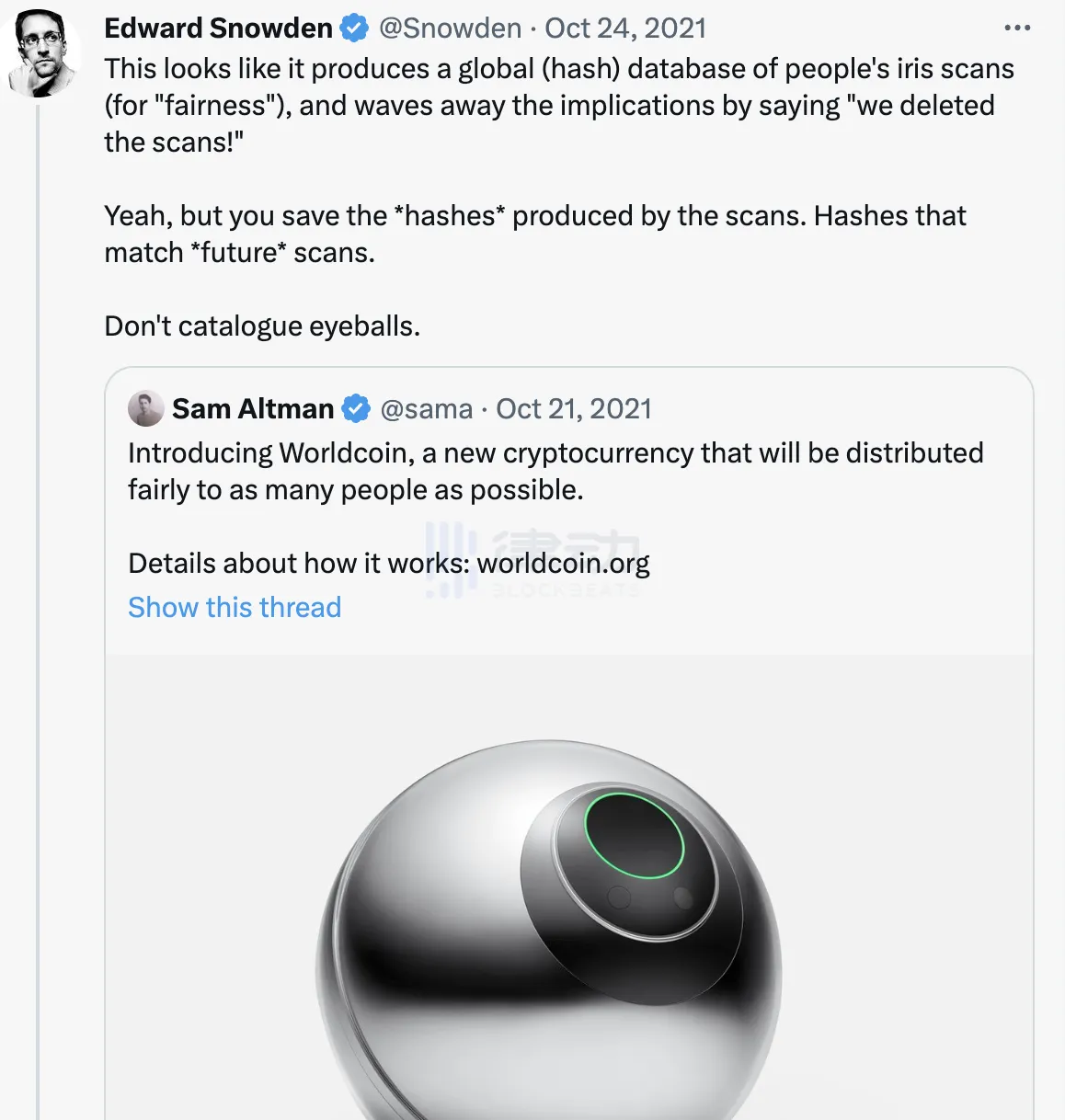
Snowden stated that it seems to be a globally generated human iris scanning (hash) database under the guise of "fairness," with the claim "we deleted these scans!" to mitigate concerns. Snowden also warned, "Do not use biometric technology for anti-fraud. In fact, do not use biometric technology for anything."
Recently, the American technology magazine MIT Technology Review also pointed out that Worldcoin initially tested in low-income communities, primarily because residents in these areas lack legal protections, making data collection cheaper and more convenient, which can be termed crypto-colonialism. According to Technology Review, as of March this year, Worldcoin's iris scanning has been opened in 24 countries/regions worldwide, of which 14 are developing countries, and 8 are located in Africa.
Worldcoin may not be the perfect product, and it faces many problems, challenges, and even crises in the short term. However, it is undoubtedly the most promising crypto application so far. If Worldcoin can succeed, its token will also appreciate, which may explain why, besides founder Altman, Worldcoin attracts top venture capital from Silicon Valley.






